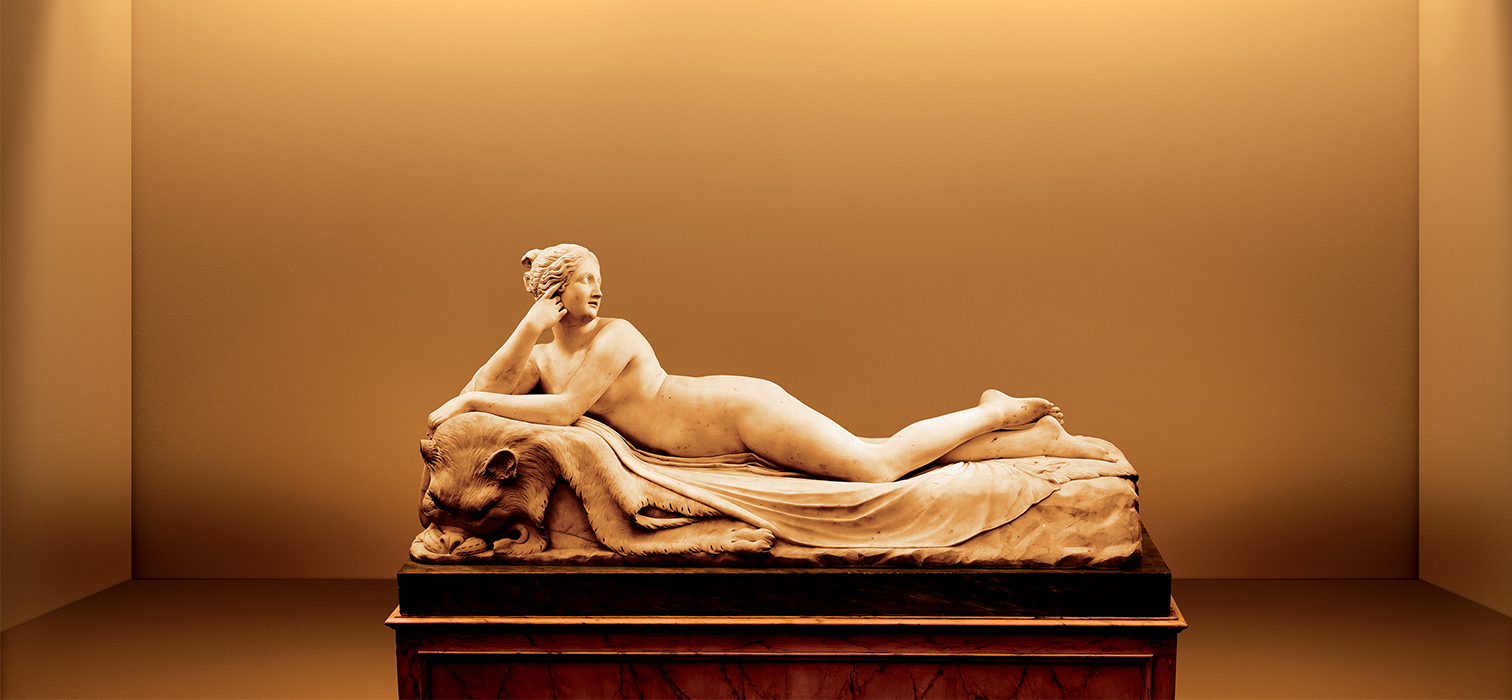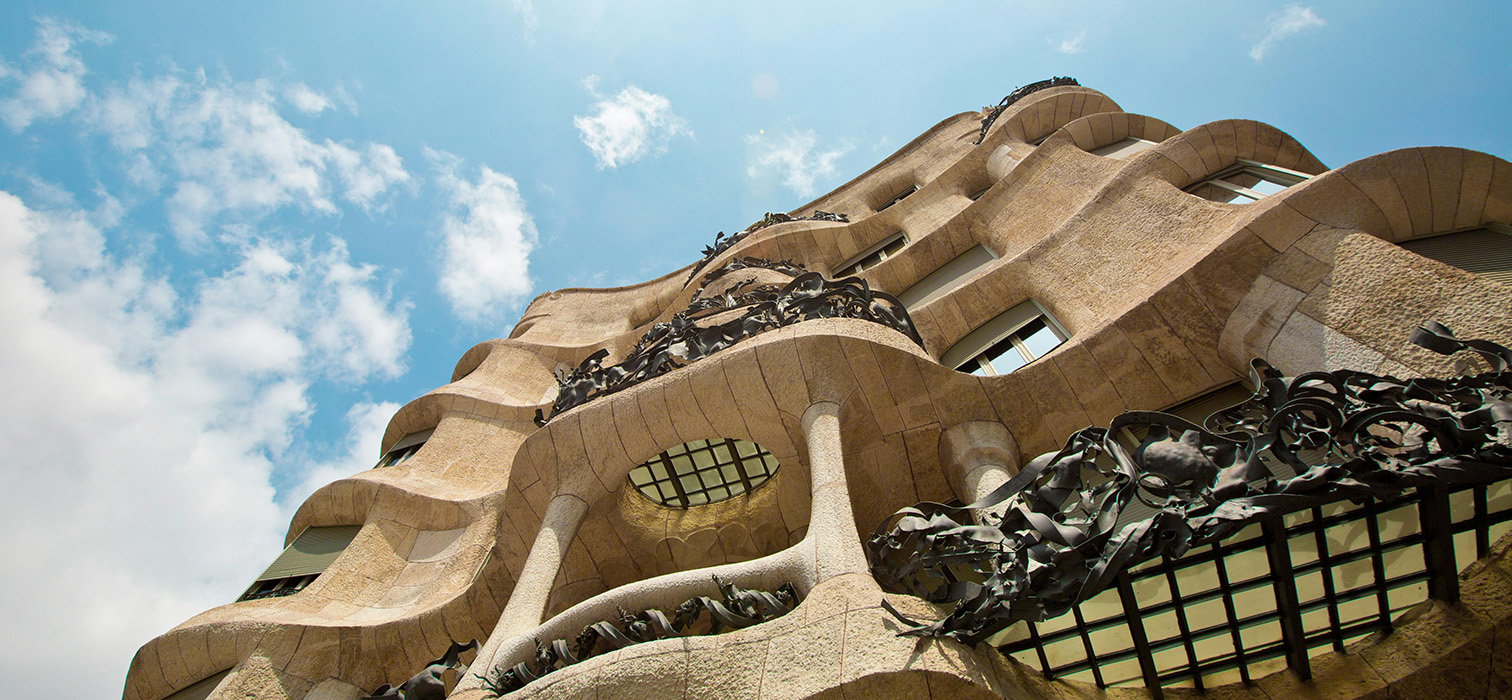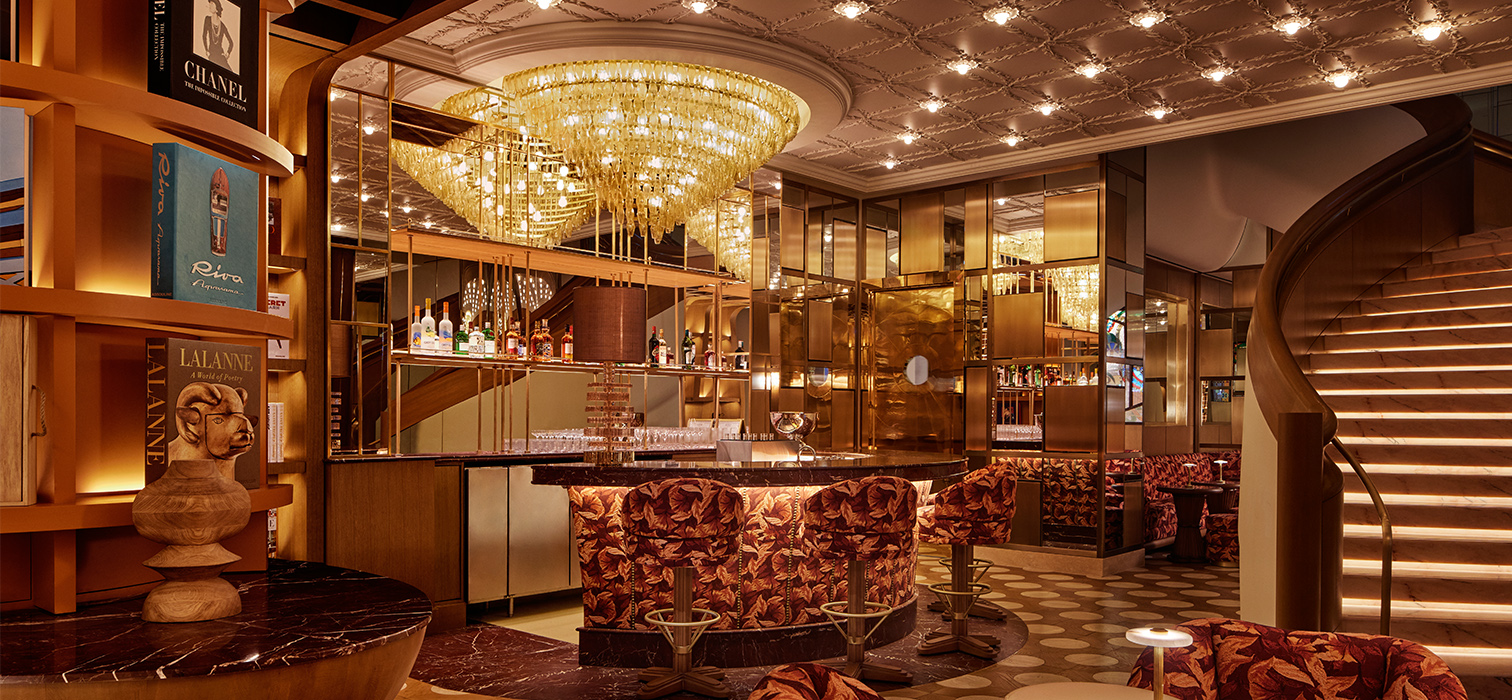
We take a look at historical Turkish baths and their stories, which are among the first symbols that come to mind when Turkish culture is mentioned.
Until today, Turkish baths have gained a wide place in our language, literature and music. Numerous baths have been built in civilization-rich Istanbul to date. Even though their numbers decrease, their functions differ, they change or collapse over time, they are one of the first symbols that come to mind when Turkish culture is mentioned. Although all the baths that have survived to this day are of unique beauty and texture, let’s warm ourselves up a little on these cold days and take a look at the Turkish baths that add color to Istanbul with their deep-rooted history.
A Hammam for Sultans: Haseki Hürrem Sultan Hammam
Haseki Hürrem Sultan Bath, located in Hagia Sophia Square, the apple of the eye of the city with seven hills, was built by the famous architect Mimar Sinan in 1556 by the sultan of the time, Suleiman the Magnificent. This bath, which has an important place in Turkish bath architecture, is the first building where the men’s and lady’s sections are located on the same axis. The fact that it is a double-domed bath on a single axis makes it privileged. This double bath differs from the classical Ottoman baths with its shape and 75 meters length. The bath, which was actively used from 1556 to 1910, has three sections: cold, warm and hot. The navel stone, on which Ottoman motifs are carved in the most beautiful way, is worth seeing. The bath, which once served the sultans, was used as a carpet market for a long time, but it was restored in 2008 in accordance with its original texture. In the bath, where guests are offered gold-plated bowls and 100 percent pure olive oil soaps, care and massage services such as Pir-ü Pak, Keyf-i Hamam, Zevk-i Sefa, Gelin Hamam are offered. Haseki Hürrem Sultan Hamam, which can be visited by reservation, is open every day of the week between 8 am to 10 pm.

Çemberlitaş Bath with its Rich History
Çemberlitaş Bath was built by Hürrem Sultan’s son, Selim II, during his reign as his wife, Nurbanu Sultan, to generate income for the Valide-i Atik Complex. The construction date of the bath in Üsküdar is 1584. The bath, which is one of the masterpieces of Mimar Sinan, reveals the intelligence and innovative world of thought of the famous architect. There are Ottoman inscriptions on some of the core stones inside the Çemberlitaş Bath, which is also mentioned in Evliya Çelebi’s Travelogue. Its dome, decorated with elegant details, is another aspect worth seeing. While enjoying the bath, you can go on a fairytale journey and feel like you are in history with the light beams entering through the holes of the dome. It also has the title of the longest-running bath business, as it has not stopped serving since 1584.
Cultural Symbol of Tophane: Kılıç Ali Pasha Bath
Kılıç Ali Pasha Bath, located in Tophane, the port district of Istanbul, was built by Mimar Sinan between 1578 and 1583 by Admiral Kılıç Ali Pasha, one of the most powerful commanders of the Ottoman navy and known as the conqueror of the seas. The main purpose of the bath, located inside the Kılıç Ali Pasha Complex, was to serve the soldiers serving in the navy. For this reason, unlike other baths, it was built with a single dome. In other words, it is a private bath for men with only one entrance. Its main dome has the second largest dome among the baths in Istanbul. Kılıç Ali Pasha Bath, with its magnificent dome and its traditional glasses, is one of the favorite places of Tophane. Following a major restoration in 2006, its original structure was preserved, and it was put into service with the same function in 2012.
With this restoration, it was deemed worthy of the Survival Award in the Building/Preservation category at the 2016 National Architecture Awards, and the European Union Cultural Heritage Award in 2017 by Europe’s leading cultural heritage organization, Europa Nostra. If you want to experience this historical atmosphere with its high ceilings and stone walls, the hammam currently serves ladies seven days a week from 8 am to 4 pm, and men from 4.45 am to 11 pm.

A Masterpiece in the Shadow of the Mosque: Üsküdar Çinili Hammam
The Çinili Bath, built by Mahpeyker Kösem Sultan in 1640 and dating from the time of Mehmet IV, has its own natural heating system. For this reason, it differs from other baths. The bath is heated by the large boiler located in the middle of the two domes of the bath. The domes of the bath, which is heated by pipes passing through the floor and side walls, are also built quite high. In this way, it has an atmosphere far from the flat and closed bath atmosphere. As its name suggests, it was furnished with tiles to reflect the art and craft of the period. Although the tiles of the bath were destroyed both over time and due to theft, it has regained its old historical texture with restorations. The historical bathhouse on the Anatolian side is not only the center of attention of many tourists due to its location, but also is frequently used as a set for TV series and movies.
An Orientalist Atmosphere: Cağaloğlu Bath
Cağaloğlu Bath was commissioned by the sultan of the period, Mahmut I, to be painted by Architect Süleyman Ağa in 1741, and was built by Abdullah Ağa with a baroque style architectural approach. In addition to being one of the last baths built before the collapse of the Ottoman Empire, it is also one of the largest baths in Istanbul. It is dazzling with its wide dome, marble pool and ornate columns. Moreover, its popularity goes beyond Turkey’s borders; It is known that many famous names, from Kaiser Wilhelm to Franz Liszt, bathed in this bath. With its history of more than two centuries, Cağaloğlu Bath is one of the favorite set locations of TV series and movies. It is even included in the list titled “A Thousand Places to See Before You Die” prepared by the New York Times. The fact that it still maintains its function today places it in a special place among Turkish baths.

The Apple of the Eye in the Complex: Süleymaniye Bath
We cannot do without mentioning the Süleymaniye Bath, which was built as a part of the Süleymaniye Complex in 1557. In the bath, which consists of three sections, there is a special lodge section reserved for Suleiman the Magnificent, the sultan of the period. This bath, built by Mimar Sinan, is also known as the “Dökmeci Bath” because of its proximity to the foundry in the Ottoman period and because the foundrymen used it frequently. Rumor has it that there is an iterus bowl (healing bowl) in the bathhouse, which is believed to be healing and disappeared after years of use. Suleymaniye Bath remains the only bath in Istanbul where men and women bathe together.

VIP Hammam of the Time: Historical Ağa Hammam
Although baths have always provided people with the opportunity to socialize, there is a feature that distinguishes the Historical Ağa Bath from others. Ağa Hammam was built by Fatih Sultan Mehmet in 1454 and was used only by him and his princes. The building is located in Beyoğlu, one of the places where Mehmet the Conqueror hunted, since there was no settlement at that time. Ağa Hammam, which is also used as a hunting house, was built as a bathhouse on the bottom and a flat on top. The tradition was continued until the collapse of the Ottoman Empire and was used by the sultans and their princes. The bath, which was greatly renovated by Abdülmecit in 1844, was opened to the public under the leadership of an Armenian woman during the Republican Era. The bath, which was later run by Hüseyin Yılmaz and then his nephew Ali Yılmaz, today serves only tourists.

Make Your Wish: Galatasaray Turkish Bath
Galatasaray Bath, built by Sultan Beyazıt II in 1481, has an interesting story. One day, while Beyazıt was walking around the area where the bath was located, he saw a hut. When he meets Gül Baba, one of the respected figures of the period, at the hut, he asks her if hhe has a wish from him. Gül Baba also wishes for a social complex to be built, making the sentence that will determine the fate of the famous Galatasaray High School and Turkish Bath, which will survive for centuries. Gül Baba’s investment is still within the borders of the high school. In the bath, where the women’s section was later added, today events such as bridal bath, henna night or services such as skin care, massage and spa are provided. There are famous names such as John Travolta and Tony Curtis among the visitors of the Galatasaray Bath, which has survived until today with various restorations.

Bonus: Zeyrek Tiled Turkish Bath
Zeyrek Çinili Bath, a recently opened bath/museum, is one of the most important examples of Ottoman bath architecture. The bathhouse, located in the Zeyrek district of Fatih, became one of the venues of the 17th Biennial organized by İKSV last year, after a long break. This year, it opened its doors to visitors again with the exhibition titled Healing Ruins. Zeyrek is a district on the UNESCO World Heritage List, and the Zeyrek Tiled Bath located here was built by Mimar Sinan in the 1540s by Barbaros Hayrettin Pasha, the head of the Ottoman Navy. Three thousand pieces of blue-white Iznik tiles decorated the inner walls of the bath, but over time these tiles were either destroyed or smuggled to Europe. It is possible to see some of the ruins in the hot section of the bath.
In addition to the sections that will be used as baths at the end of the exhibition, Zeyrek Çinili Bath also operates as a museum. It is worth remembering that Byzantine cisterns were discovered during the restoration and excavation of the bath and there were paintings of galleons on its walls. According to researchers, these paintings are thought to be the work of rowing convicts brought from Europe by Barbaros Hayrettin Pasha. This discovery, which emerged after 500 years in the Zeyrek Çinili Hamam, and “Kalıntıların Şifası”, curated by Olma Arslanoğlu de Coster and exhibiting their works with the valuable contributions of 22 artists, deserve the attention of art lovers both as a museum and as an exhibition. It is one of the must-see places for those who are interested in Turkish bath architecture.




